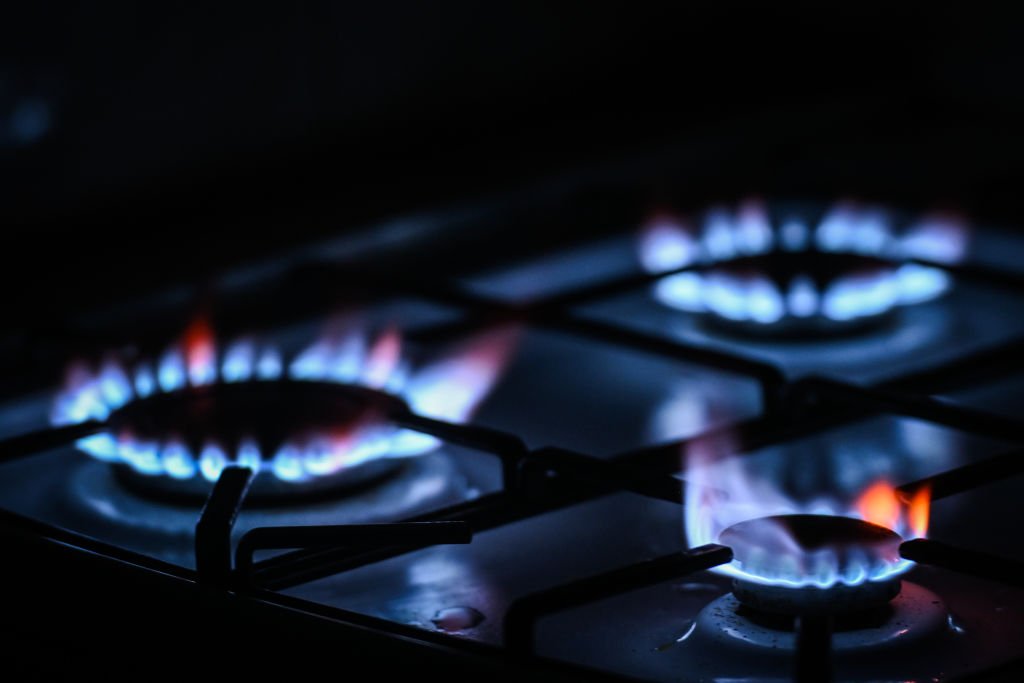After Russia’s total invasion of Ukraine, prices for electricity and natural gas shot up, but are now falling. Eurostat figures show a large disparity between energy prices in European countries.
The increase in energy prices has a major impact on households. Some countries have frozen support measures for households, leading to higher consumer prices. But the consequences are not the same everywhere. Although energy supply shortages are being felt across Europe, the impact on each country’s electricity price varies.
In the first half of 2023, average household electricity prices in the EU increased from €25.3 to €28.9 per 100 kWh compared to the same period in 2022. Average natural gas prices increased from €8.6 to €11.9 per 100 kWh in the same period, the highest prices ever recorded by Eurostat. Belgium, Romania and Germany had the highest pre-tax electricity prices in the EU, while the Netherlands had the highest electricity and gas prices.
The background to the price increases
In addition to geopolitical factors, there are also other reasons for the price increases. The global energy crisis and the increase in demand in the post-pandemic economic recovery have contributed to the increase in energy prices. The increase in natural gas and coal prices and a decline in renewable energy production due to low wind speeds and drought have also played a role.
How the diverse energy mix leads to price differences
In the first half of 2023, average household electricity prices in the EU increased from €25.3 to €28.9 per 100 kWh compared to the same period in 2022. Average natural gas prices increased from €8.6 to €11.9 per 100 kWh in the same period, the highest prices ever recorded by Eurostat.
The Netherlands had the highest electricity and gas prices in the EU. Natural gas prices rose by more than one hundred percent in several countries, including Latvia, Romania and Austria. Each country’s energy mix plays a crucial role in energy prices. For example, electricity prices in France were significantly lower (€23.2 per 100 kWh) due to the large share of nuclear energy. Turkey, an EU candidate country, had the lowest electricity prices (€8.4 per 100 kWh).
In Sweden, where hydropower and nuclear energy make up a large part of electricity production, the price increase was less pronounced. In contrast, Italy, the largest net importer of electricity in the EU, recorded the highest price in the region, even surpassing 540 euros per megawatt hour in August 2022.
The future of energy prices in Europe
Electricity and natural gas prices are now falling, but they are still higher than in the second half of 2022. However, the energy market remains unpredictable. Geopolitical tensions and the global energy crisis could cause further price fluctuations. In addition, the transition to renewable energy sources, which is necessary to combat climate change, will also affect energy prices.
BRON: Innovation Origin
2023-11-04 19:03:03
#Energy #crisis #pays #highest #price #gas #electricity #Europe

:focal(544.5x252.5:554.5x242.5):watermark(cloudfront-eu-central-1.images.arcpublishing.com/ipmgroup/UFVD77VYQZHRHBUO5OR7E7I6TY.png,0,-0,0,100)/cloudfront-eu-central-1.images.arcpublishing.com/ipmgroup/55G5E3CHSZGEBC2O74FFABXZ44.jpg)
